New Bern ADU Development: Historic District and Coastal Considerations
Building an ADU in New Bern? Here's what you need to know about historic district requirements, coastal building codes, and making your project work in this unique eastern NC market.
New Bern presents unique opportunities and challenges for ADU development. This historic coastal city combines preservation-minded regulations with practical housing needs, military community demand, and growing retiree populations. Understanding how to navigate historic district requirements while meeting coastal building codes makes the difference between successful projects and expensive frustrations.
At Plank Construction, we will build ADUs throughout New Bern's diverse neighborhoods, from historic districts requiring careful design review to newer subdivisions with straightforward permitting. Success in this market requires understanding what makes New Bern different from other eastern NC communities.
Why New Bern's ADU Market Is Strong
New Bern's military presence near Cherry Point creates steady demand for flexible, quality housing. Military families appreciate ADUs for visiting relatives, rental income during deployments, and housing flexibility when orders change.
The retiree migration to New Bern brings buyers with resources to invest in ADU development. Many retirees build ADUs for rental income, visiting family, or future caregiving needs while enjoying New Bern's historic charm and coastal access.
Tourism potential adds another income dimension. New Bern's historic attractions and coastal proximity make short-term vacation rentals viable for well-located ADUs, though regulations vary by neighborhood.
Housing shortage pressures affect New Bern like much of coastal North Carolina. ADUs help address this shortage while respecting neighborhood character that residents value.
Historic District Regulations: What You Need to Know
New Bern's historic districts require additional review beyond standard building permits. The Historic Preservation Commission reviews ADU proposals for compatibility with district character.
Certificate of Appropriateness is required before building permits for properties in local historic districts. This process evaluates your ADU design for compatibility with surrounding architecture, materials, and neighborhood character.
Design guidelines emphasize compatibility rather than matching. Your ADU doesn't need to replicate historic styles exactly, but it should complement the neighborhood through appropriate scale, materials, and design elements.
Common approval requirements include appropriate roof pitches matching neighborhood patterns, window proportions and placement compatible with historic structures, siding materials and colors that harmonize with district character, and setbacks that respect traditional development patterns.
The review process typically adds 4 to 8 weeks to your timeline. Working with designers familiar with New Bern's historic preservation standards prevents delays and denials.
Some historic district properties have additional restrictions through conservation easements or national register listings. Verify your specific property's status before planning ADU development.
Coastal Building Code Requirements
New Bern's coastal location means flood zone regulations significantly affect ADU design and costs. Many properties require elevated construction or flood-resistant design.
Flood zone determination is your first step. FEMA flood maps show whether your property sits in high-risk, moderate-risk, or minimal-risk zones. This designation fundamentally affects foundation choices and construction costs.
Elevation requirements in flood zones mandate specific heights above base flood elevation. ADUs in high-risk zones often need pier or piling foundations that elevate living space above potential flood levels. This adds $15,000 to $40,000 to foundation costs compared to standard construction.
Wind resistance standards in coastal areas require enhanced structural connections, impact-resistant windows, and roof systems designed for hurricane-force winds. These requirements add 10% to 20% to construction costs but provide crucial protection and often reduce insurance premiums.
Breakaway walls in flood zones allow water to flow through enclosed areas below elevated living space without causing structural damage. These specialized designs comply with flood regulations while providing some ground-level utility space.
Craven County Permit Requirements
Craven County's permit process for ADUs follows North Carolina building codes with some local variations. Understanding the specific requirements prevents delays.
Lot size minimums typically require 7,500 to 10,000 square feet for detached ADUs, though requirements vary by zoning district. Many established New Bern neighborhoods meet these minimums easily.
Setback requirements usually mandate 10 feet from side property lines and 20 feet from rear lines for detached ADUs. These setbacks affect where you can position ADUs on your lot.
Height restrictions typically limit ADUs to 25 to 30 feet, effectively allowing two stories in most cases. This provides flexibility for different design approaches.
Parking requirements usually call for one additional off-street space per ADU. This isn't problematic for most properties but requires planning on smaller lots.
Owner occupancy rules have been relaxed in many New Bern areas, allowing rental of both main house and ADU. Verify current regulations for your specific property.
New Bern Neighborhood Considerations
Different New Bern neighborhoods present different opportunities and challenges for ADU development.
Historic downtown areas offer strong rental demand and tourism potential but face the most stringent design review. Properties here command premium rents but require careful planning and potentially higher construction costs for historically compatible design.
Riverside and Trent Woods neighborhoods feature larger lots that easily accommodate ADUs. These established areas have strong property values and appeal to retirees and professionals seeking quality housing.
Newer suburban developments often have HOA restrictions that prohibit or limit ADUs regardless of county zoning. Always check HOA documents before purchasing property specifically for ADU development.
Areas near Cherry Point appeal to military renters and families seeking flexibility. These neighborhoods typically have simpler permitting but may have lower rental rates than historic or waterfront areas.
Cost Implications of New Bern's Requirements
Building in New Bern often costs more than inland eastern NC locations due to coastal building requirements and historic district considerations.
Flood-compliant construction adds $15,000 to $50,000 depending on elevation requirements and foundation approach. Properties in moderate or high-risk zones face the steepest premiums.
Hurricane-resistant features including impact windows, enhanced structural connections, and wind-rated roofing add 10% to 20% to construction costs but are required by code and valuable for insurance.
Historic district compatibility might require premium materials or custom details that cost more than standard construction. Budget an additional 5% to 15% for projects in historic districts.
Typical New Bern ADU costs run $90,000 to $150,000 for basic units, $150,000 to $220,000 for mid-range quality, and $220,000 to $300,000+ for high-end ADUs. These ranges reflect coastal building requirements and local material and labor costs.
Design Strategies That Work in New Bern
Successful New Bern ADUs balance regulatory requirements with practical functionality and market appeal.
Coastal cottage style works beautifully throughout New Bern. Board-and-batten siding, metal roofs, covered porches, and simple forms complement both historic and newer neighborhoods while providing the durability coastal locations require.
Elevated designs on piers or pilings meet flood requirements while creating covered parking or storage below. These designs feel natural in coastal settings and provide practical benefits.
Detached ADUs generally navigate approvals more easily than attached units because they maintain clear separation between main house and accessory structure. This separation helps with both historic compatibility and rental functionality.
Traditional proportions with modern interiors satisfy historic district requirements while providing contemporary comfort. Windows matching historic patterns, appropriate roof pitches, and compatible materials create approval-friendly exteriors.
Rental Market Realities in New Bern
Understanding New Bern's rental market helps optimize your ADU for income potential.
Long-term residential rentals typically command $900 to $1,400 monthly depending on location, size, and finishes. Historic district and waterfront locations command premium prices.
Military renters provide stable demand and generally maintain properties well. They typically prefer one-year leases with flexibility for early termination if orders change.
Short-term vacation rentals can generate higher income in some New Bern locations, particularly near historic attractions or waterfront. However, regulations and management complexity require careful evaluation.
Seasonal variation affects rental income, with higher demand during pleasant weather months and slower periods during winter. Annual averages typically support strong returns despite seasonal fluctuations.
Insurance and Risk Management
Coastal location and flood zones create insurance considerations that affect both construction decisions and operating costs.
Flood insurance is required for properties in high-risk flood zones with mortgages and advisable even without mortgage requirements. Costs vary dramatically based on elevation and flood zone designation.
Wind and hurricane coverage adds to insurance premiums in coastal areas. Building to exceed minimum code requirements often reduces premiums while providing better protection.
Rental property insurance for ADUs costs more than owner-occupied coverage. Budget $800 to $2,000 annually for adequate coverage including liability protection.
Getting Started in New Bern
Beginning your New Bern ADU project with proper research prevents expensive surprises.
Determine your flood zone and understand elevation requirements before designing your ADU. This fundamentally affects feasibility and costs.
Check historic district status and review design guidelines if applicable. Contact the Historic Preservation Commission early for guidance.
Verify HOA restrictions if your property has homeowner association covenants. Many New Bern subdivisions have ADU prohibitions or restrictions.
Consult experienced local contractors familiar with New Bern's specific requirements. Local knowledge of historic district expectations and coastal building practices is invaluable.
Research rental markets in your specific neighborhood. Rental potential varies significantly between New Bern's different areas.
At Plank Construction, we understand New Bern's unique combination of historic preservation and coastal building requirements. Our experience with local approvals, flood-compliant construction, and design that satisfies historic districts ensures successful projects.
Ready to explore ADU possibilities for your New Bern property? Contact Plank Construction for a consultation that addresses your property's specific requirements and opportunities. We'll help you navigate the regulations while creating an ADU that serves your needs and enhances your investment.
Plank Construction specializes in ADU development throughout New Bern and Craven County. Our experience with historic district approvals and coastal construction requirements ensures projects that meet all regulations while maximizing your investment. Contact us today to discuss your New Bern ADU project.

